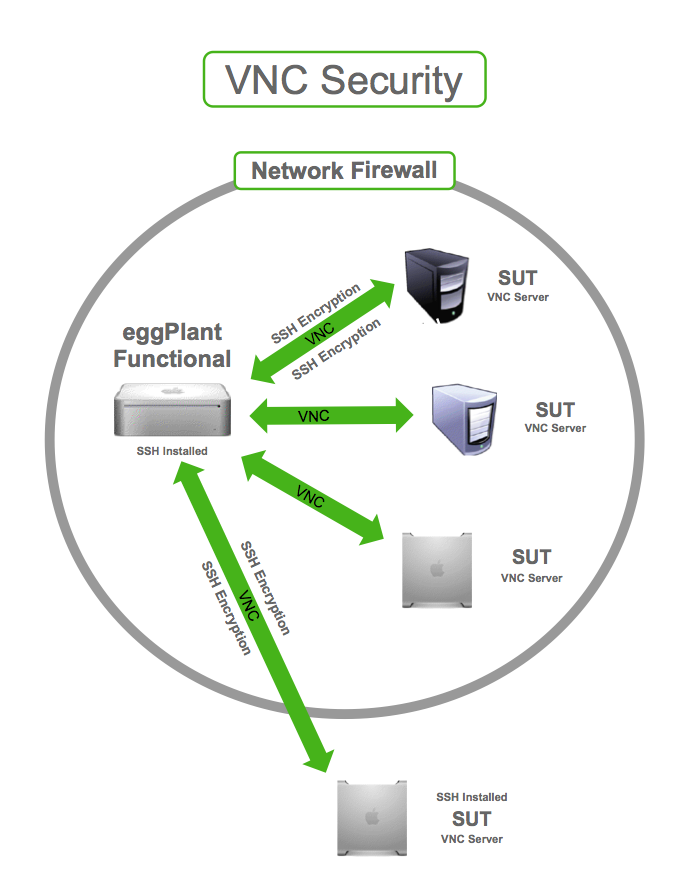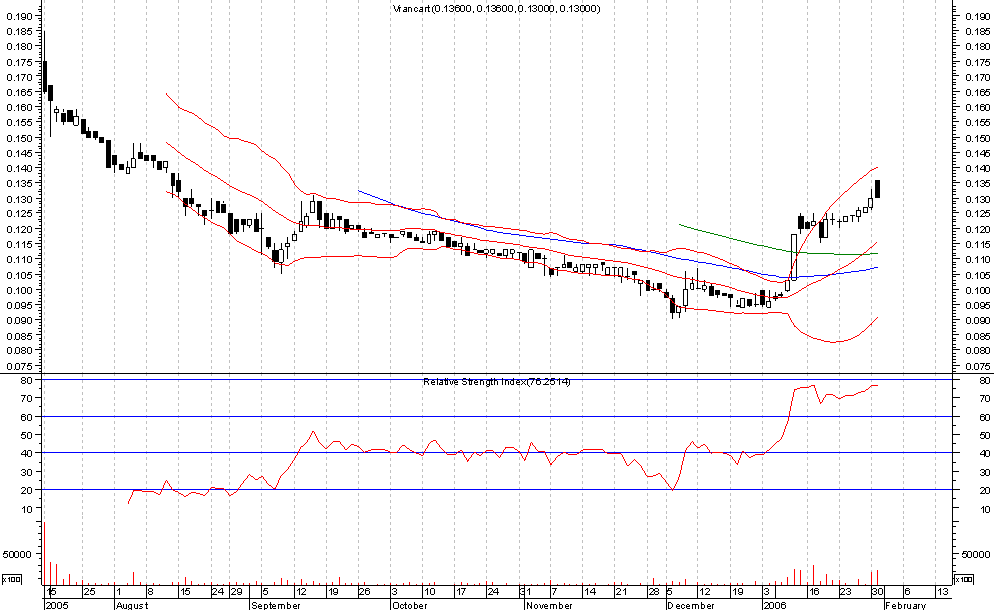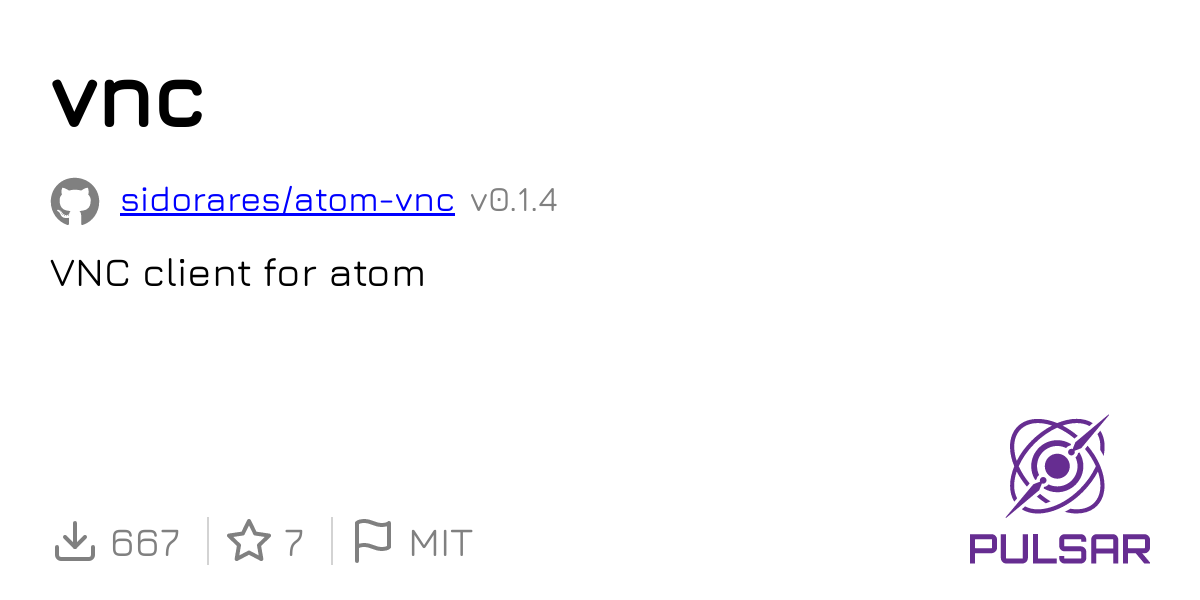VNC Security Risk: What You Need To Know And How To Stay Safe
Hey there, tech-savvy friend! Are you diving into the world of remote desktop connections? If you're using VNC, you need to know about VNC security risk. It's not just about convenience; it's about safeguarding your data and systems. Imagine leaving your front door unlocked while you're out—yeah, that's kind of what happens if you don't secure your VNC connection properly. Let's chat about how to avoid the pitfalls and keep your digital world safe.
VNC (Virtual Network Computing) is like a magical bridge that lets you access one computer from another, whether it's across the room or across the globe. But with great power comes great responsibility. If you don't pay attention to VNC security risk, you could be opening yourself up to some serious trouble. Think hackers, data breaches, and all sorts of digital chaos.
Now, don't freak out just yet. We're here to break it down for you in a way that's easy to understand and super actionable. Whether you're a tech pro or just someone trying to stay safe online, this guide has got you covered. So, grab a cup of coffee, sit back, and let's dive into the world of VNC security.
Read also:Song Kang Net Worth Unveiling The Rising Stars Financial Empire
Understanding VNC and Its Security Risks
VNC technology is like a digital Swiss Army knife for remote access. But with that power comes a set of VNC security risk factors you need to be aware of. Picture this: you're working late at night and need to access your office computer from home. VNC makes it happen—but if it's not set up correctly, it could be like leaving a window wide open for cybercriminals.
How VNC Works
VNC works by transmitting screen updates and keyboard/mouse inputs over a network connection. It's a simple yet powerful tool, but it relies heavily on proper configuration to stay secure. If you're not careful, you might end up with a VNC setup that's more of a security hole than a helpful tool.
- VNC sends screen updates in real-time, allowing remote control.
- Data transmission can be unencrypted if not configured properly.
- Authentication methods vary, and weak passwords can be a major issue.
Common VNC Security Risks You Should Know About
Now that we've covered the basics of VNC, let's talk about the common VNC security risk areas. These aren't just theoretical threats; they're real problems that people face every day. Think of them as the digital equivalent of leaving your wallet on the dashboard of your car.
Unencrypted Connections
One of the biggest VNC security risks is using unencrypted connections. It's like shouting your credit card number across a crowded room. If someone intercepts that data, they could use it for all sorts of malicious purposes. Always ensure your VNC connections are encrypted to protect your data.
Weak Passwords
Another major VNC security risk is using weak passwords. It's tempting to go with something easy to remember, but that also makes it easy for hackers to guess. Use strong, unique passwords for your VNC setup to keep unauthorized users out.
Why VNC Security Matters
You might be wondering, "Why should I care about VNC security risk?" The answer is simple: your data is valuable. Whether it's personal files, work documents, or sensitive company information, losing control of that data can have serious consequences. From financial loss to reputational damage, the stakes are high.
Read also:Brandon Lee Net Worth At Time Of Death Unveiling The Legacy And Wealth
Plus, in today's world, cybersecurity isn't just a nice-to-have—it's a must-have. Organizations are increasingly focused on compliance and risk management, and VNC security plays a big role in that. Whether you're managing your own systems or working for a company, staying secure is crucial.
Best Practices for VNC Security
Now that we've outlined the risks, let's talk solutions. There are plenty of ways to mitigate VNC security risk and keep your connections safe. Think of these best practices as your digital armor against the bad guys.
Use Strong Authentication
Authentication is your first line of defense. Use strong, complex passwords and consider enabling two-factor authentication (2FA) for an extra layer of protection. It's like having a double lock on your door—sure, it takes a bit longer to get in, but it's worth it for the added security.
Encrypt Your Connections
Encryption is key to protecting your data during transmission. Whether you're using VNC over a local network or the internet, make sure your connections are encrypted. This ensures that even if someone intercepts your data, they won't be able to read it without the decryption key.
Limit Access
Not everyone needs access to your VNC setup. Limit who can connect to your system by setting up user-specific permissions. This way, even if someone gains unauthorized access, they won't have free rein over your entire network.
Advanced VNC Security Techniques
For those who want to take their VNC security to the next level, there are some advanced techniques you can use. These might require a bit more technical know-how, but they're worth it for the added protection.
Firewall Configuration
Firewalls are like digital bouncers, controlling who gets in and who stays out. Configure your firewall to only allow VNC traffic from trusted IP addresses. This reduces the risk of unauthorized access and helps keep your system secure.
Network Segmentation
Network segmentation is another powerful tool. By separating your VNC traffic from other network activity, you can minimize the potential impact of a security breach. It's like having different rooms in your house—just because someone breaks into one doesn't mean they can access them all.
Tools to Enhance VNC Security
There are plenty of tools out there to help you enhance VNC security. From software solutions to hardware devices, the options are virtually endless. Here are a few worth considering:
- SSL/TLS encryption for secure data transmission.
- Firewall software to control access.
- Network monitoring tools to detect suspicious activity.
Case Studies: Real-World Examples of VNC Security Risks
Let's take a look at some real-world examples of VNC security risk in action. These stories highlight the importance of staying vigilant and proactive when it comes to cybersecurity.
Example 1: The Unsecured VNC Server
In one case, a small business left their VNC server unsecured, using a default password and no encryption. Within days, a hacker gained access and stole sensitive customer data. The company faced legal action and a massive hit to their reputation.
Example 2: The Stolen Credentials
In another instance, an employee used a weak password for their VNC setup. A hacker guessed the password and gained access to the company's internal network, leading to a data breach that cost the company millions in damages.
Future Trends in VNC Security
As technology evolves, so do the methods used to secure it. The future of VNC security looks promising, with advancements in encryption, authentication, and network monitoring. Keep an eye on these trends to stay ahead of the curve and protect your systems.
Artificial Intelligence in Cybersecurity
AI is increasingly being used to detect and respond to security threats in real-time. This technology can help identify unusual activity on your VNC connections and take action before any damage is done.
Quantum Encryption
Quantum encryption is on the horizon, promising to revolutionize data security. While still in its early stages, this technology could make VNC connections virtually unbreakable.
Conclusion
So, there you have it—a comprehensive guide to VNC security risk and how to stay safe. Remember, cybersecurity isn't just about technology; it's about mindset. Stay informed, stay proactive, and don't underestimate the importance of securing your VNC connections.
Now, it's your turn. Take what you've learned and apply it to your own systems. Share this article with your friends and colleagues, and let's work together to make the digital world a safer place. If you have any questions or comments, drop them below—I'd love to hear from you!
And don't forget to check out our other articles for more tips and tricks on staying safe online. Stay secure, my friend!
Table of Contents
- VNC Security Risk: What You Need to Know and How to Stay Safe
- Understanding VNC and Its Security Risks
- Common VNC Security Risks You Should Know About
- Why VNC Security Matters
- Best Practices for VNC Security
- Advanced VNC Security Techniques
- Tools to Enhance VNC Security
- Case Studies: Real-World Examples of VNC Security Risks
- Future Trends in VNC Security
- Conclusion



